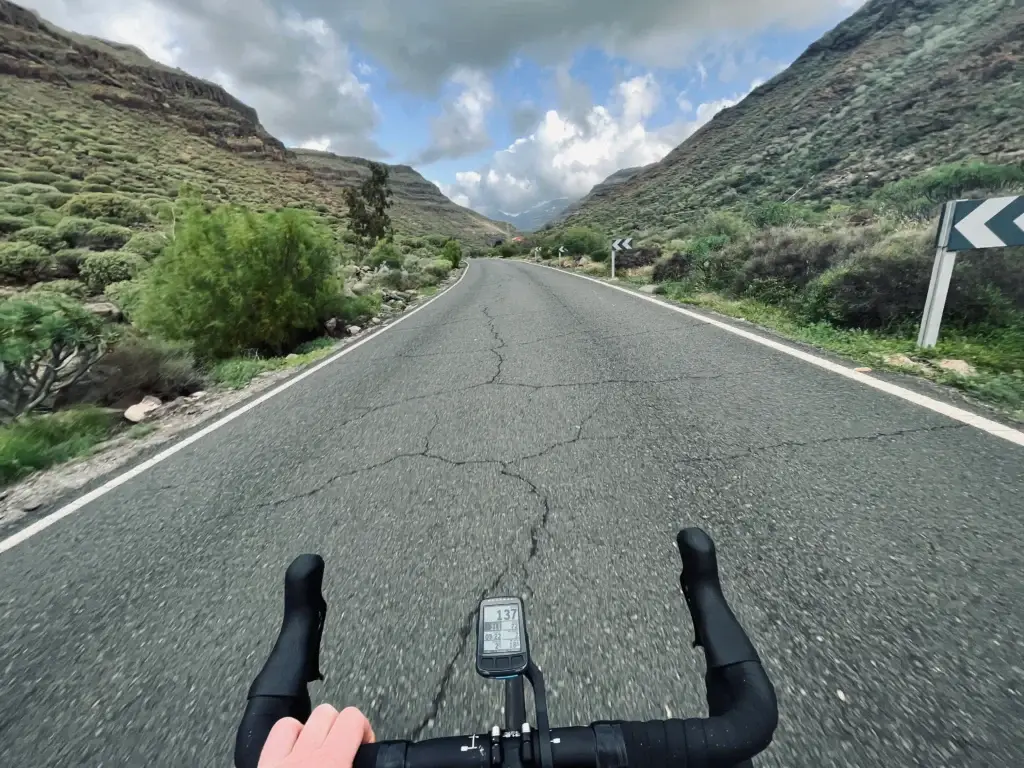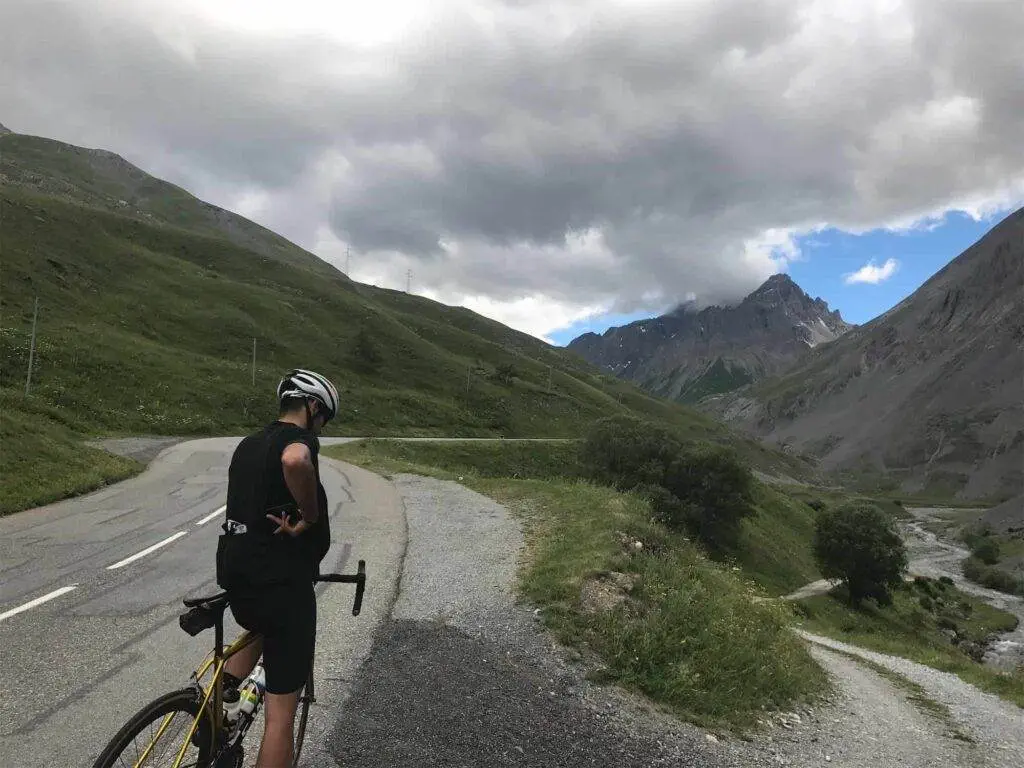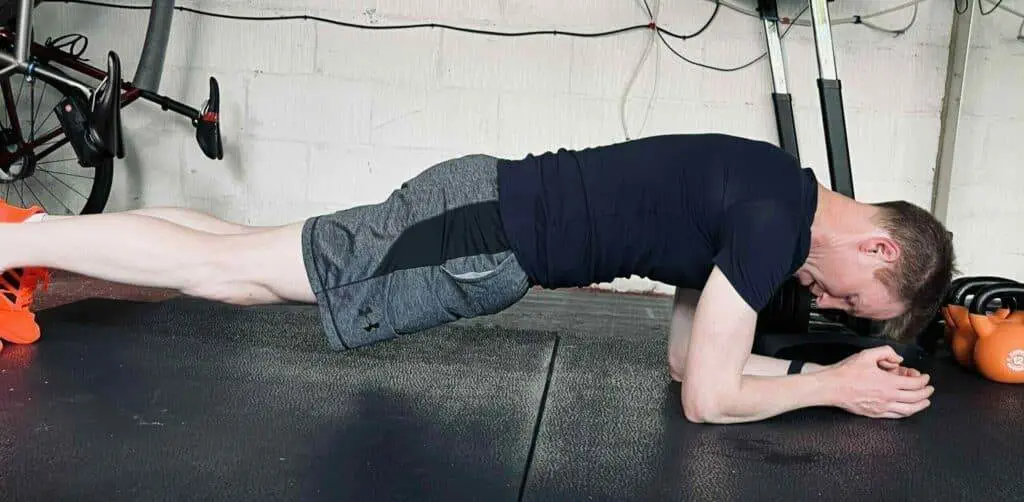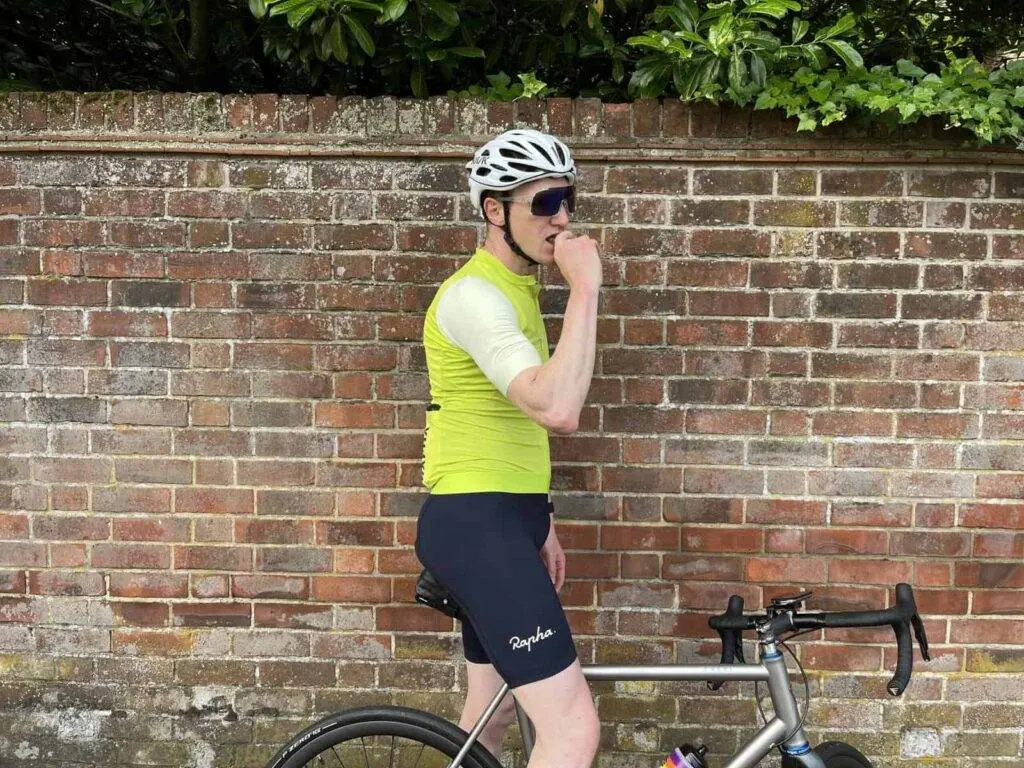The Great Outdoors Beckons
Let’s face it, not all of us love the gym.
Being stuck inside with the noise of machines and weights isn’t everyone’s idea of fun.
But we can still get fit and enjoy it.
The great outdoors is a refreshing choice, and it’s time we gave it a try.

The Benefits of Outdoor Exercise
Fresh Air and Sunshine
One of the best reasons to exercise outside is the fresh air and sunshine. Unlike the stuffy air in a gym, the outdoors gives us fresh air.
Sunlight is a natural source of Vitamin D, which is good for our bones and immune system. Plus, natural light can boost our mood and energy, making workouts feel less like work and more like fun. Remember to enjoy sunlight in moderation to avoid skin damage.

Mental Health Boost
Exercising outside is great for our mental health. The mix of physical activity and nature can reduce stress, anxiety, and depression. The changing scenery and sounds of nature can be very calming, giving us a break from our busy lives.
Variety and Flexibility
The outdoors offers endless workout options. From cycling and running to hiking and kayaking, there’s something for everyone. This variety keeps our routines fresh and exciting, so we don’t get bored.
Plus, outdoor workouts can fit our schedules and preferences better than gym workouts. Look for parks or trails with outdoor exercise equipment, which is available in one-third of park agencies.
Tips for Transitioning to Outdoor Workouts
Start Slow and Build Gradually
If we’re new to outdoor exercise, it’s important to start slow and build up gradually. Jumping into intense workouts right away can lead to injury and burnout.
Instead, we should start with basic exercises like walking or light jogging and gradually increase the time and intensity as we get fitter.
Incorporate bodyweight exercises like lunges, squats, and push-ups using park equipment or natural features like benches and low walls.
Choose the Right Activities
The key to sticking with an outdoor exercise routine is to choose activities we enjoy. If we love cycling, we can start with short rides around our neighbourhood and gradually explore longer routes.
If hiking is more our style, we can begin with easy trails and work our way up to more challenging hikes. The important thing is to find activities that we look forward to, so our workouts feel like a treat rather than a chore.

Invest in the Right Gear
Having the right gear can make a big difference in our outdoor exercise experience. For cyclists, this means investing in a good quality bike, helmet, and cycling gear.
For runners, a pair of well-fitting running shoes is essential. Whatever our chosen activity, having the right equipment can enhance our performance and keep us safe.
Cycling: The Ultimate Outdoor Workout
Why Cycling?
Cycling is one of the best outdoor workouts we can choose. It’s a low-impact activity that’s easy on the joints, making it suitable for people of all fitness levels.
Plus, it’s a fantastic cardiovascular workout that can help improve our heart health, build muscle, and burn calories.

Getting Started with Cycling
If we’re new to cycling, it’s important to start with the basics. We should begin by choosing a bike that fits our body and riding style. A visit to a local bike shop can help us find the perfect fit.
Once we have our bike, we can start with short rides on flat terrain and gradually increase the distance and difficulty as our confidence and fitness improve.
Cycling Training Tips
To get the most out of our cycling workouts, it’s important to follow some basic training tips. First, we should always warm up before our rides to prepare our muscles and prevent injury.
This can be as simple as a few minutes of light pedalling. Second, we should vary our rides to include different types of terrain and intensity levels. This can help improve our overall fitness and keep our workouts interesting.
Finally, we should listen to our bodies and take rest days when needed to allow for recovery.

Strength Training for Cyclists
Why Strength Training?
While cycling is a fantastic cardiovascular workout, it’s also important to incorporate strength training into our routine. Strength training can help improve our cycling performance by building muscle, increasing power, and reducing the risk of injury. Plus, it can enhance our overall fitness and help us achieve a balanced, well-rounded physique.
Effective Strength Training Exercises
There are several strength training exercises that are particularly beneficial for cyclists. These include:
- Squats: Squats are a great way to build strength in our legs and glutes, which are essential for powerful pedalling.
- Lunges: Lunges can help improve our balance and stability, as well as strengthen our legs and core.
- Planks: Planks are an excellent exercise for building core strength, which is important for maintaining proper cycling posture.
- Deadlifts: Deadlifts can help build overall strength and power, making us stronger and more efficient cyclists.

Incorporating Strength Training into Our Routine
To incorporate strength training into our routine, we can start by adding two to three strength training sessions per week. These sessions can be done on non-cycling days or after shorter rides.
It’s important to start with lighter weights and gradually increase the resistance as our strength improves. And, as always, we should listen to our bodies and take rest days when needed.
Cycling Nutrition Advice
Fueling Our Rides
Proper nutrition is essential for optimal cycling performance. Before our rides, we should fuel up with a balanced meal that includes carbohydrates, protein, and healthy fats.
This can help provide the energy we need to power through our rides and prevent fatigue.
Staying Hydrated
Staying hydrated is also crucial for cycling. We should drink plenty of water before, during, and after our rides to stay hydrated and prevent dehydration.

Post-Ride Recovery
After our rides, it’s important to refuel with a meal or snack that includes protein and carbohydrates. This can help replenish our energy stores and promote muscle recovery.
Some good post-ride options include a protein shake, a turkey sandwich, or a bowl of yoghurt with fruit.
Long-Distance Cycling Preparation
Building Endurance
If we’re interested in long-distance cycling, it’s important to build our endurance gradually. We can start by increasing the distance of our rides by 10-15% each week.
This can help our bodies adapt to the increased demands and prevent overtraining.
Planning Our Routes
Planning our routes in advance can help ensure a successful long-distance ride. We should choose routes that are safe and have minimal traffic.
It’s also a good idea to plan for rest stops along the way where we can refuel and take breaks.
Packing Essentials
For long-distance rides, it’s important to pack the essentials. This includes plenty of water, snacks, a repair kit, and a first aid kit. We should also bring a map or GPS device to help us navigate our route.

Conclusion: Embrace the Outdoors
The great outdoors offers a refreshing and enjoyable alternative to the gym. Whether we’re cycling, running, hiking, or engaging in other outdoor activities, we can reap the physical and mental health benefits of exercising in nature.
By starting slow, choosing activities we enjoy, and investing in the right gear, we can create an outdoor exercise routine that’s both effective and enjoyable. So let’s embrace the outdoors and take our fitness journey to new heights.
